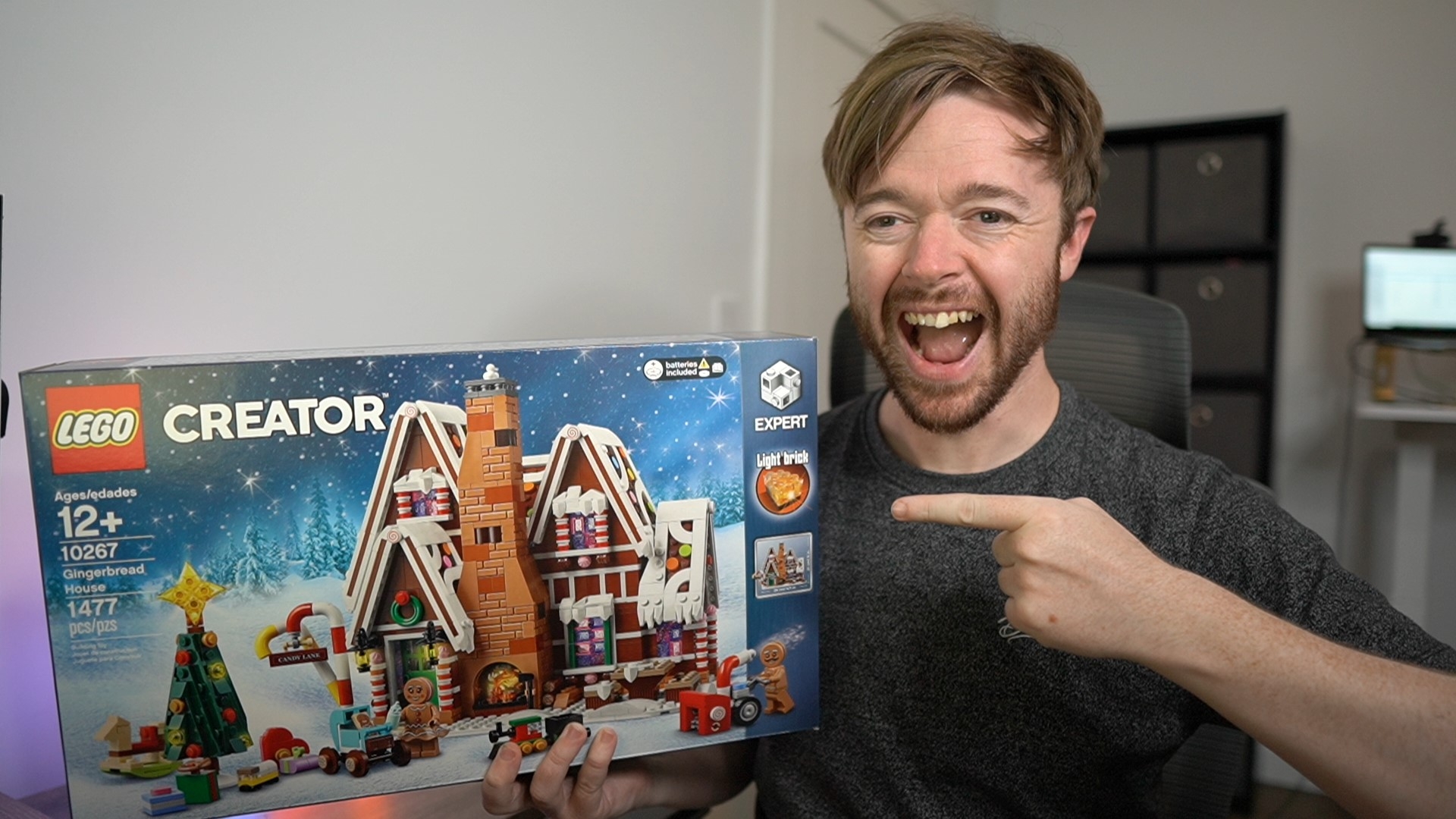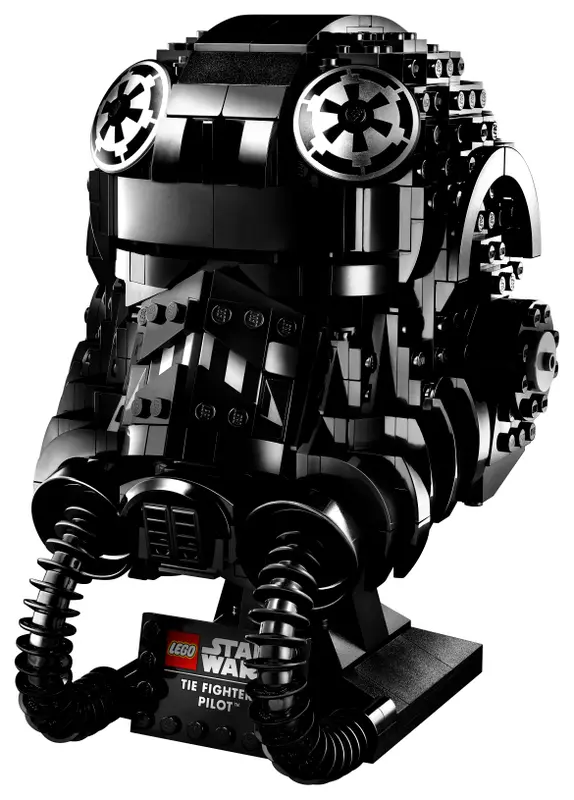Research and a real-life success story show that LEGO Toys may actually be better investments than gold and stocks.
For the most part, investments have usually consisted of things like gold, art, stocks, and real estate. Yet a surprising addition has entered this list, and it’s not what most people might expect: LEGO toys. These vibrant building block toys, which Danish company The LEGO Group has been manufacturing for decades, are a lot more than nostalgic pieces of childhood pastimes. Over the years, the company has released a wide range of LEGO sets spanning various franchises and original concepts: many of them have become valuable investments, as a niche group of people have found out.

The most prominent success story of this is that of Shane O’Farrell. The 35-year-old service engineer based in New Jersey has made $500,000 over the past two years from investing in LEGO toys, specifically limited edition ones that are scarce or discontinued. He even started the YouTube channel “Brick Bucks,” where he gives advice to interested investors looking to enter the colorful toy world.
So what exactly goes on behind the world of LEGO investing, and are these toys the next big investment trend?
READ ALSO: Go For Gold: How Much Is A Medal From The Paris Olympics Worth?
High Returns
LEGO toys don’t look like the first thing people would covet, but their market is actually a strong and growing one. While O’Farrell tells Alex Mitchell of the New York Post that he didn’t intend to become an investor in the plastic toys—the endeavor initially being an attempt to reconnect with his childhood—they have fetched him impressive sums in a fairly small amount of time.

It started with the Fort Legoredo, his childhood set, which sold for $85 in 1996 and now sells for a whopping $2,405, Mitchell adds in his report. Another example from O’Farrell’s portfolio includes the LEGO “Star Wars” TIE Fighter Pilot helmet, which cost $60 when it came out, and since its discontinuation in 2021, currently sells for $350—a “400%” return of investment, as O’Farrell puts it. Even the mini LEGO figures inside sets are fetching high prices, which will only skyrocket as time passes and these toys become even harder to find.
Factors to Consider
Toys, in general, may be the new big investment, according to a research paper by Victoria Dobrynskaya and Julia Kishilova, professors at Russia’s Higher School of Economics (HSE). LEGO toys, however, were of particular interest to the researchers, who used them as samples for the paper. Dobrynskaya and Kishilova looked at the prices of 2,322 LEGO sets from 1987 to 2015, seeing a “significant variation in returns ranging from -50% to +600% annually.”

They also expound on the factors that contribute to the rising value of these toys. “Prices of small and very big sets grow faster than prices of medium-sized ones, probably because small sets often contain unique parts or figures, while big ones are produced in small quantities and are more attractive to adults,” they write. Themed sets covering famous franchises like Star Wars and popular landmarks like the Taj Mahal are also likely to sell for more. Limited edition sets from promotional events are also incredibly valuable from a collector’s perspective.
Nostalgic Pieces
The high demand for these toys is not surprising. Beyond the investment aspect, many adults are eager to return to their childhood by collecting toys that they once played with. Not to mention, the company also releases complex, detailed sets that anyone can enjoy assembling. During the pandemic, more and more people were purchasing LEGO sets to build at home as well, driving up sales as Parija Kavilanz of CNN reports.

The value of these building block toys continues to garner interest, even from dubious individuals. In June 2024, a group of thieves from a “LEGO theft ring” stole more than 2,800 sets from retail stores, reports Christal Hayes of the BBC. The stolen sets cost around $20 to $1,000 each. Other cases of LEGO toy theft resulted in stolen goods worth a cumulative $100,000 and $300,000.
The Future of Toy Investment
The lack of dependence that the LEGO toys have on the stock market (unlike cars or other asset classes), also make them a formidable and reliable form of investment.
However, prospective investors should note that while the toys are a worthwhile investment in the long run (researchers say it takes around two to three years to yield positive returns), they can incur higher transaction costs when one considers shipping and storage.
Like any investment, there’s no guarantee of complete success, as investors should also have a good understanding of the market’s nuances. That said, if one manages to fully immerse themselves in this colorful, plastic block world the way O’Farrell has, it has the potential to not only be a fun pursuit, but a profitable one as well.
Banner and feature photos from the LEGO website.





